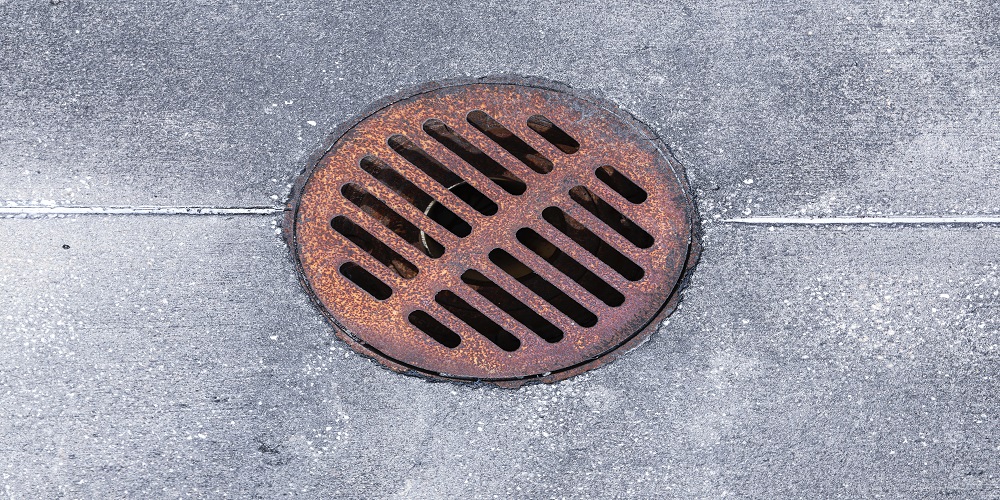Septic tanks are like the unsung heroes of our homes, working quietly underground. But just like any other system, they can sometimes have issues. Don’t worry; you can spot and solve many common problems with some know-how. When things seem complicated, don’t fret; a
Septic tanks are like the unsung heroes of our homes, working quietly underground. But just like any other system, they can sometimes have issues. Don’t worry; you can spot and solve many common problems with some know-how. When things seem complicated, don’t fret; a septic system repair expert is just a call away. In the meantime, here are some straightforward suggestions to guide you through troubleshooting your septic system.

Watch for warning signs
Just like a car gives hints before breaking down, your septic system will too. Some signs to watch out for:
- Bad smells around your home or yard.
- Drains that are slow or make a gurgling sound.
- The toilets are backing up.
- Wet patches or puddles on your lawn.
These signs mean something’s not right. Acting early can prevent bigger problems.
Regular Checks and Cleaning
Think of your septic system as the foundation of your home’s plumbing network. Much like how the heart benefits from regular health check-ups, your septic system thrives on routine care. Here’s why:
Professional Insights: A professional inspection every 1 to 3 years can reveal minor issues that, if left unchecked, could lead to significant, costlier problems.
Longevity: Regularly emptying the tank – every 3 to 5 years – ensures efficient functionality and increases its longevity. This regular clearing out prevents the build-up of solids, which can strain and potentially damage your system over time.
Cost-Efficiency: By maintaining a routine, you can avoid the hefty expenses of major repairs or a full septic system replacement. Remember, prevention is often cheaper than cure.
Optimize Your Water Consumption
Your septic system is designed to process a set amount of water and waste within a given timeframe. Exceeding this can place undue stress on it. Here’s a deeper dive into why and how you should manage your water use:
System Overload: Just like a traffic jam on a highway, a sudden influx of water can clog your septic system. This can slow down the treatment process and might even lead to backups in your home.
Consistent Flow: Spreading out water-intensive activities, such as doing laundry or taking showers, ensures a constant, manageable flow into the system. Instead of washing five loads of laundry in one day, consider spreading it out over the week.
Efficient Fixtures: Consider investing in water-efficient fixtures for your home. High-efficiency toilets, faucets, and showerheads can significantly reduce the amount of water entering the septic system without compromising performance.
Mindful Habits: Daily habits like turning off the tap while brushing teeth or fixing dripping faucets promptly can bring significant water savings.
Be Mindful of What Goes Down
The drains in your home are not magic portals. What goes down them ends up in your septic system. So, be careful:
Never flush things like wipes, tampons, or paper towels. They don’t break down easily and can block the system.
Watch what goes into your kitchen sink. Grease and oils might seem harmless but can block your septic tank.
Know Your Septic System’s Location
It might sound basic, but knowing where your septic tank and drain field are is helpful. Keeping a simple diagram or noting fixed points on your property that relate to their location can save you time (and digging) in the future. It’s like having a treasure map but for maintenance.
Conclusion
Your septic system is a crucial part of your home. By watching for signs, keeping up with regular checks, being careful with water use, and knowing what not to flush or pour down the drain, you can avoid many common problems. But if things go wrong, remember there’s no shame in calling for backup. Septic system repair experts are just a call away, ready to lend a helping hand.
expert is just a call away. In the meantime, here are some straightforward suggestions to guide you through troubleshooting your septic system.
Watch for warning signs
Just like a car gives hints before breaking down, your septic system will too. Some signs to watch out for:
- Bad smells around your home or yard.
- Drains that are slow or make a gurgling sound.
- The toilets are backing up.
- Wet patches or puddles on your lawn.
These signs mean something’s not right. Acting early can prevent bigger problems.
Regular Checks and Cleaning
Think of your septic system as the foundation of your home’s plumbing network. Much like how the heart benefits from regular health check-ups, your septic system thrives on routine care. Here’s why:
Professional Insights: A professional inspection every 1 to 3 years can reveal minor issues that, if left unchecked, could lead to significant, costlier problems.
Longevity: Regularly emptying the tank – every 3 to 5 years – ensures efficient functionality and increases its longevity. This regular clearing out prevents the build-up of solids, which can strain and potentially damage your system over time.
Cost-Efficiency: By maintaining a routine, you can avoid the hefty expenses of major repairs or a full septic system replacement. Remember, prevention is often cheaper than cure.
Optimize Your Water Consumption
Your septic system is designed to process a set amount of water and waste within a given timeframe. Exceeding this can place undue stress on it. Here’s a deeper dive into why and how you should manage your water use:
System Overload: Just like a traffic jam on a highway, a sudden influx of water can clog your septic system. This can slow down the treatment process and might even lead to backups in your home.
Consistent Flow: Spreading out water-intensive activities, such as doing laundry or taking showers, ensures a constant, manageable flow into the system. Instead of washing five loads of laundry in one day, consider spreading it out over the week.
Efficient Fixtures: Consider investing in water-efficient fixtures for your home. High-efficiency toilets, faucets, and showerheads can significantly reduce the amount of water entering the septic system without compromising performance.
Mindful Habits: Daily habits like turning off the tap while brushing teeth or fixing dripping faucets promptly can bring significant water savings.
Be Mindful of What Goes Down
The drains in your home are not magic portals. What goes down them ends up in your septic system. So, be careful:
Never flush things like wipes, tampons, or paper towels. They don’t break down easily and can block the system.
Watch what goes into your kitchen sink. Grease and oils might seem harmless but can block your septic tank.
Know Your Septic System’s Location
It might sound basic, but knowing where your septic tank and drain field are is helpful. Keeping a simple diagram or noting fixed points on your property that relate to their location can save you time (and digging) in the future. It’s like having a treasure map but for maintenance.
Conclusion
Your septic system is a crucial part of your home. By watching for signs, keeping up with regular checks, being careful with water use, and knowing what not to flush or pour down the drain, you can avoid many common problems. But if things go wrong, remember there’s no shame in calling for backup. Septic system experts are just a call away, ready to lend a helping hand.

